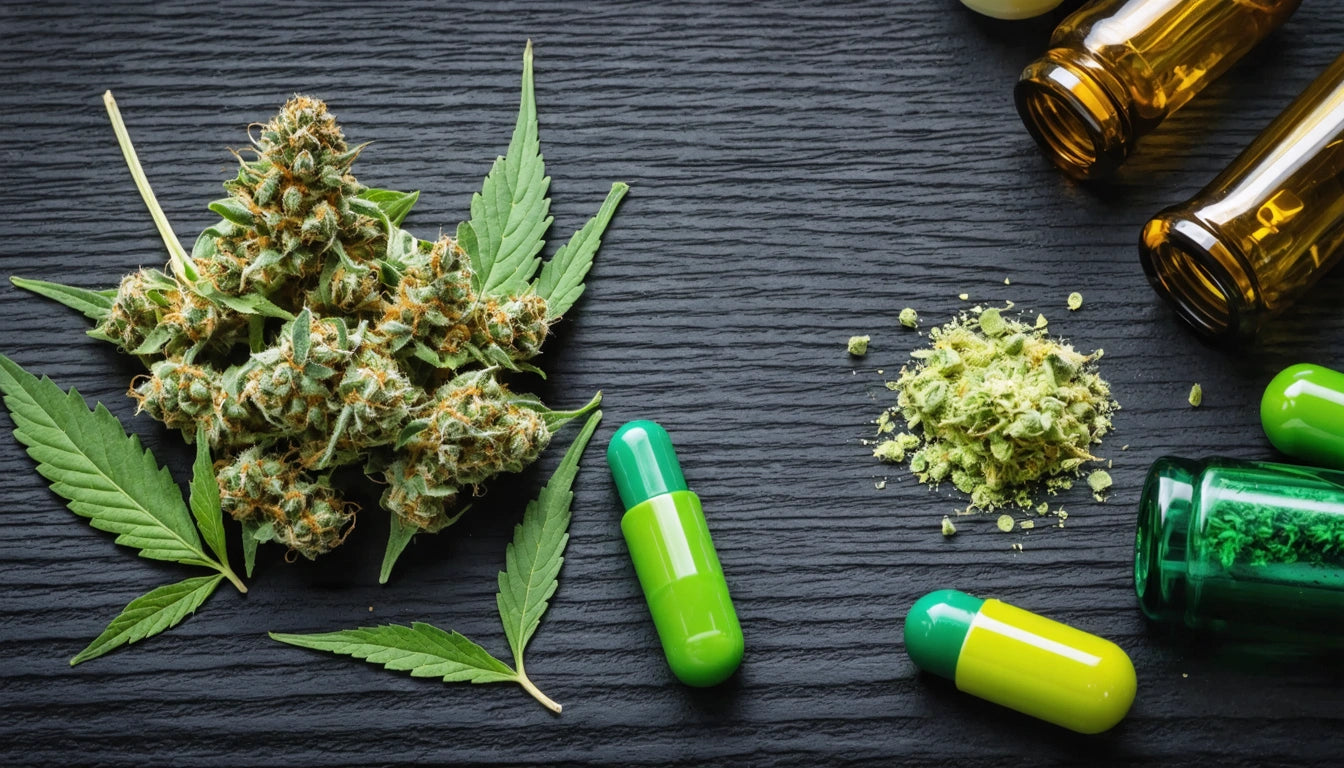Table of Contents
Understanding Gram Measurements: Cost and Conversion of 3 to 5 Grams
Gram measurements are fundamental units in various industries, from culinary arts to pharmaceuticals and cannabis. Understanding what 3 grams, 3.5 grams, or 5 grams represents can be crucial for proper dosing, pricing, and compliance with regulations. This comprehensive guide breaks down these common measurements, their conversions to other units, and typical costs in different contexts.
Understanding Gram Basics: What Is a Gram?
A gram is a metric unit of mass equal to one-thousandth of a kilogram. It's the standard unit for measuring small quantities of substances worldwide. For reference, a paperclip weighs approximately one gram, making it a useful benchmark for visualizing this measurement.
The gram provides precision for substances where small quantities matter significantly. According to resources on visualizing gram measurements, understanding these small weights is essential for accurate portioning and pricing.
Common Gram Measurements: 3, 3.5, and 5 Grams Explained
What is 3 Grams?
Three grams represents a small but significant quantity in many contexts. For perspective, three grams is approximately the weight of a penny or a standard sugar packet. In cannabis contexts, 3 grams is slightly less than the common eighth measurement.
What is 3.5 Grams?
The 3.5-gram measurement holds special significance in several industries. This specific measurement equals one-eighth of an ounce, which is why it's commonly referred to as an "eighth" in cannabis retail. This standardized amount has become a benchmark unit for both consumers and retailers.
What is 5 Grams?
Five grams represents a slightly larger quantity, approximately the weight of a standard nickel coin. This measurement is often used in cooking recipes and pharmaceutical applications where precision matters. In cannabis contexts, 5 grams falls between an eighth (3.5g) and a quarter ounce (7g).
Conversion to Ounces: How Many 3.5 Grams in an Ounce?
Converting between grams and ounces is a common need across multiple industries. One ounce equals approximately 28.35 grams. Therefore:
- There are 8 units of 3.5 grams in one ounce (28.35 ÷ 3.5 ≈ 8)
- 3.5 grams equals 0.123 ounces (3.5 ÷ 28.35 ≈ 0.123)
- 5 grams equals 0.176 ounces (5 ÷ 28.35 ≈ 0.176)
These conversions are particularly important for industries that commonly use both metric and imperial measurements. For more detailed conversion information, resources on weight conversions provide comprehensive guides to navigating between different measurement systems.
Cost Considerations: How Much Is 3.5 Grams?
The cost of 3.5 grams varies significantly depending on the substance and market factors. In specialty markets like cannabis, pricing for 3.5 grams typically ranges from $25 to $60+ depending on quality, region, and market conditions.
Price variations can be attributed to:
- Quality and potency differences
- Regional market conditions
- Supply chain factors
- Regulatory environments
- Seasonal availability
For more detailed pricing information across different contexts, this guide on understanding costs of 3.5 and 5 grams provides market-specific insights.
Practical Applications of Gram Measurements
Gram measurements between 3 and 5 grams have practical applications across multiple industries:
Culinary Applications
In cooking, precise measurements of ingredients like spices, leavening agents, and additives often fall in the 3-5 gram range. Professional chefs and bakers rely on accurate gram scales rather than volume measurements for consistency.
Pharmaceutical and Supplement Dosing
Many medications and supplements are dosed in the range of 3-5 grams, making precise measurement crucial for safety and efficacy.
Cannabis Industry Standards
The 3.5-gram measurement has become standardized in cannabis retail as an "eighth" of an ounce. Understanding these measurements is essential for both consumers and businesses in the industry.
For these applications, proper storage becomes crucial. Many professionals use specialized containers with child-resistant features to safely store measured quantities, especially for substances that require both precision and safety considerations.
Storage and Measurement Tools for Precise Gram Quantities
Accurately measuring and storing 3-5 gram quantities requires appropriate tools:
- Digital scales with 0.1g precision or better
- Calibration weights for ensuring scale accuracy
- Airtight storage containers for preserving freshness
- Humidity control packs for moisture-sensitive substances
- Specialized dispensing tools for precise portioning
The importance of accurate measurement cannot be overstated in contexts where small variations can significantly impact outcomes. According to resources on cannabis measurements, precision in gram measurements directly affects both consumer experience and business operations.
Whether you're measuring ingredients for a recipe, portioning products for retail, or calculating conversions between measurement systems, understanding the practical significance of 3, 3.5, and 5 gram measurements provides a foundation for accuracy and consistency across various applications.











Leave a comment
All comments are moderated before being published.
This site is protected by hCaptcha and the hCaptcha Privacy Policy and Terms of Service apply.